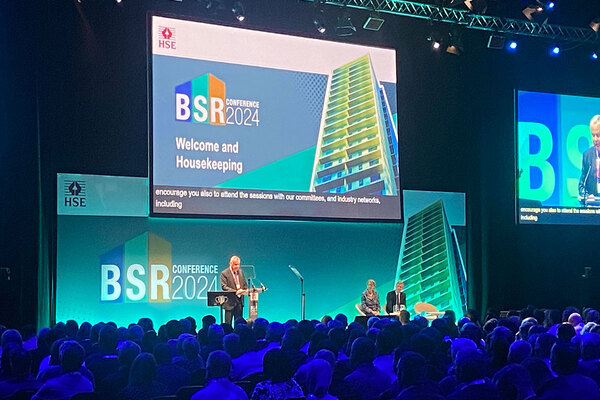High Standards
The government’s long-awaited building standards review was finally published this week, and its reception from all sides of the industry was muted. Variations of ‘we welcome this effort, but…’ were rolled out – mostly on request from journalists. This was a good thing. It means that nearly every industry body – from the Home Builders Federation through to the Local Government Association and the National Housing Federation have had to compromise to get this far.
The Communities and Local Government department proposes ditching more than 90 per cent of the current standards – culling them down from more than 100 to less than 10 – and reducing 1,500 pages of guidance down to less than 80. In principle, getting representatives from across the building industry with very different agendas round a table and reaching sufficient consensus to scrap swathes of regulation is an impressive achievement. It demonstrates that, at the very least, there was a problem and the government has pushed hard to tackle it.
But, as with all bloody culls of red tape, there have been some casualties along the way. The most notable is the code for sustainable homes. The consultation paper, published on Tuesday, stated: ‘Where there are significant issues for carrying forward [in the code], these have been reflected in the consultation proposals.
‘In the light of that, and the outcome of this consultation, the government proposes to wind down the role of the code. We will put in place transitional arrangements to ensure that contractual commitments under the code can be properly covered.’
The code has been on the chopping block for some time and the news of its demise is unlikely to surprise many – although it will frustrate some.
The UK Green Building Council was deeply unimpressed. It argued the consultation excluded key sustainability requirements such as the responsible sourcing of materials and ecology. Paul King, chief executive of UK-GBC, warned: ‘with the demise of the code for sustainable homes and big omissions around materials and ecology, we risk losing a momentum that has transformed the way homes have been built over the last seven years.
‘[The] government claims its plans will take off the bureaucratic handbrake that holds back house building, but it is in danger of letting key sustainability considerations roll away completely.’
Ouch.
Mr King was not alone in his criticisms of lack of emphasis on sustainability in the review. But, the news being the news, what has grabbed the most headlines has been the government’s suggestion of bringing in a national minimum space standard. As we have reported, there are splits between coalition partners about this. The Tories want a market-led approach to continue. The Lib Dems are intent on house builders – which have benefited massively from the government presenting them with an open cheque book for a catalogue of initiatives (most notably help to buy) to boost building rates – chinning the costs and building to minimum size standards.
On paper, most people who care about the environment are likely to support this proposal as it more space makes for happier, healthier living. But it is worth some scrutiny because the benefits for the environment are not clear. Bigger homes mean using more bricks and mortar, meaning it becomes more resource heavy, and uses more carbon and requires more land to build on – which is in short supply, meaning greater pressure on the green belt. In short, a space standard could potentially mean a greater impact on the environment. Also, bigger homes are more expensive to build. How house builders would pass these costs on to consumers should be of major concern.
To date, most of the review has focused on deleting overlapping and ineffectual regulation – a streamlining and simplification rather than a bonfire. By introducing expensive new standards, this could change. The government’s ‘one in two out’ policy for regulation could mean that any introduction of a space standard will lead to removing a regulatory burden of a similar cost on house builders elsewhere. What could go? Could it be sustainability standards?









